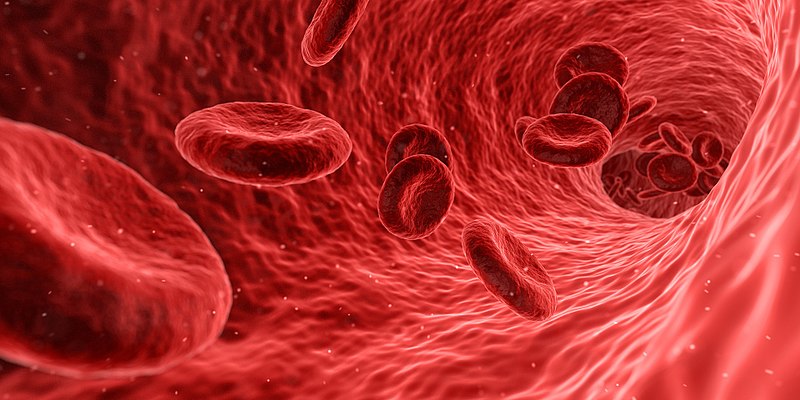Benjamin Franklin: inventor of bifocals, the Franklin stove, the odometer, and many others was hilariously satirized by comedian Bill Cosby for flying a kite in a lightning storm. This act was borderline “crazy” as others who tried it in succeeding months were electrocuted. But Franklin’s mind was full of imaginative ideas that eventually led to practical inventions that helped improve the world.
Today, companies involved in High Altitude Wind Power (HAWP) believe they can harness the power of the world’s “jet streams”, an endless loop of air circling the earth, to generate 1,700 terawatts (TW) of power with negligible impact on the world’s climate. Franklin would have loved this idea.
High Altitude Wind Turbines Have More Potential Than Fixed Turbines
High-altitude winds are steadier, more persistent and of higher velocity. The trick is to locate HAWP at an altitude high enough so that the system is effective. While fixed tower wind generators cannot be moved to take advantage of changing wind direction and speed, HAWPs can be positioned at optimal height as conditions change.
A HAWP device can sweep through more sky and at a much longer distance than a fixed turbine. This video from Altaeros Energies shows a HAWP prototype in action:
Feeding the Electrical Grid With High Altitude Windpower
“Normal” thinking about wind power has simply been to create modern-day versions of the ancient windmills of Don Quixote’s Netherlands. But HAWP was imagined by John Etzler, just three generations after Franklin, in 1833.
This idea has been bandied about since with many different types of systems imagined for harnessing the wind’s kinetic energy: kites, kytoons, arrows, stats, gliders, gliders with turbines for regenerative soaring, sailplanes with turbines, airfoils and more. High Altitude Wind Power, as a potential commercial application, is very much like many of the other renewable energy ideas currently being tested for eventual large-scale use: no one has yet found the “magic bullet” system.
Methods & Challenges Of Converting HAWP To Electricity
As altitudes increase, tethered HAWPs are more difficult to control and steer as we all know from our kite flying days. Temperatures change, storms come up often with lightning, not to mention birds and planes. One of the main issues is controlling kites with steering mechanisms managed by humans or robots via radio control.
Other issues include converting mechanical energy to a usable form of electricity and incorporating electric generators into the HAWP system. The following video from TED is an introduction to kites and HAWP:






